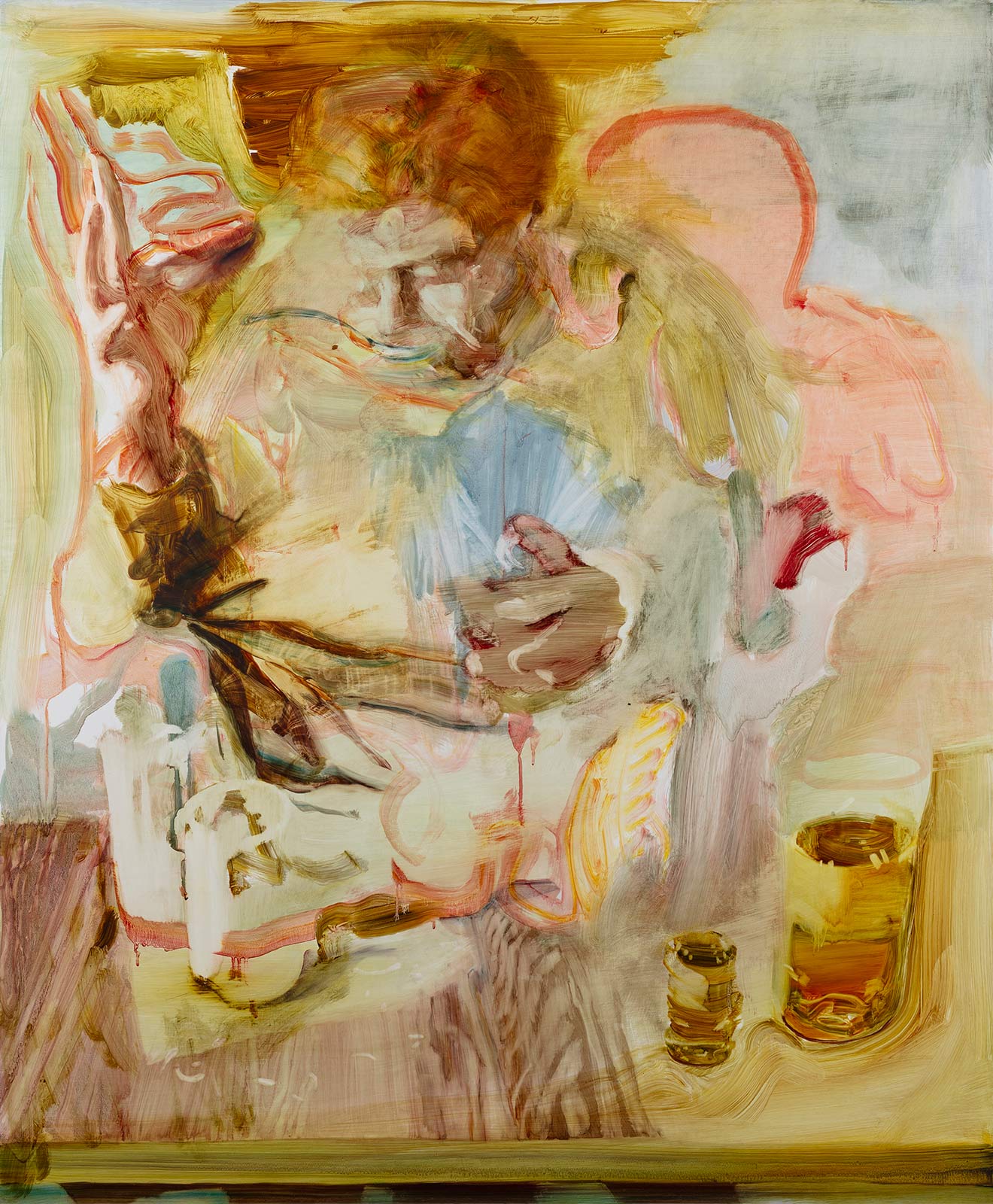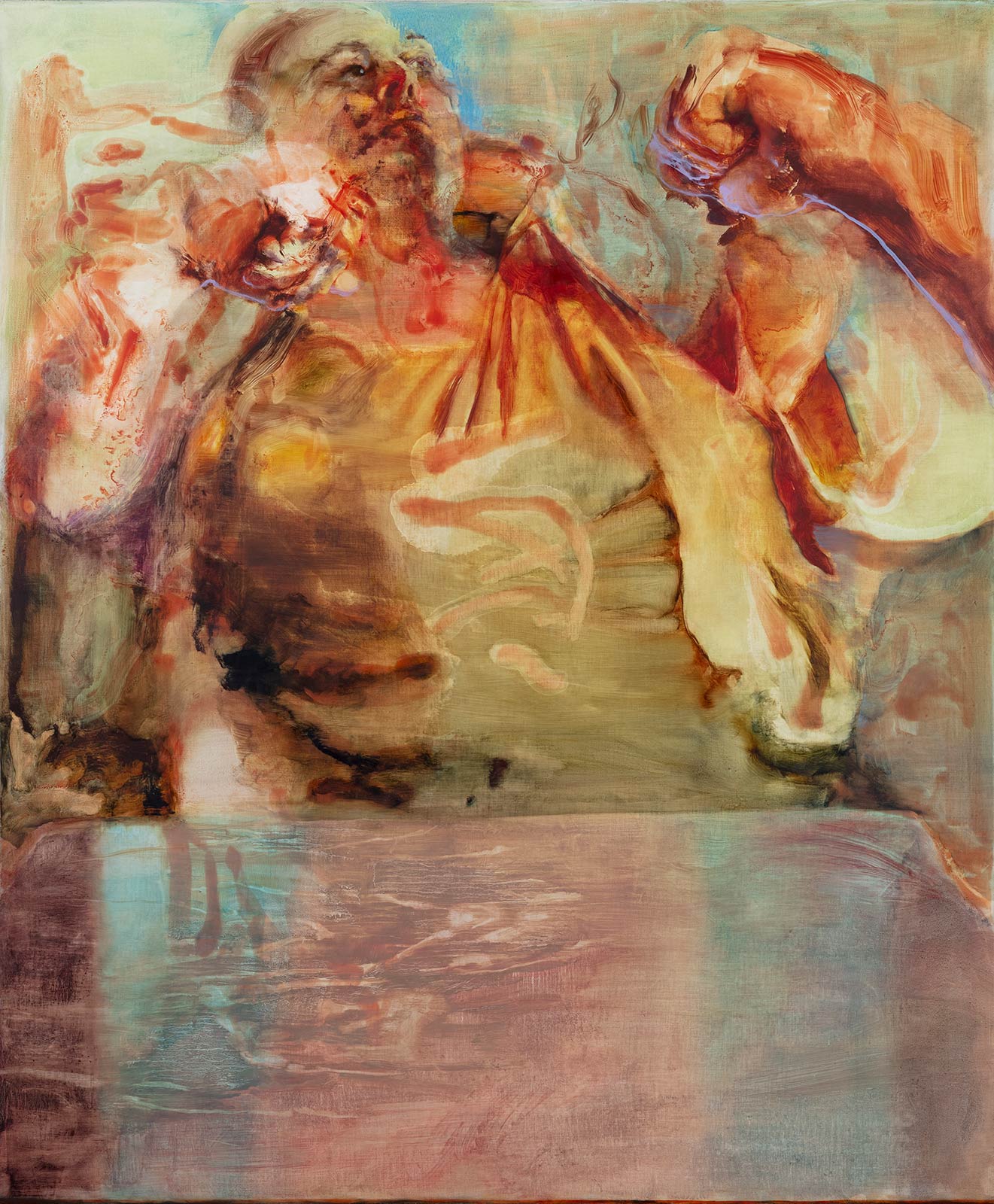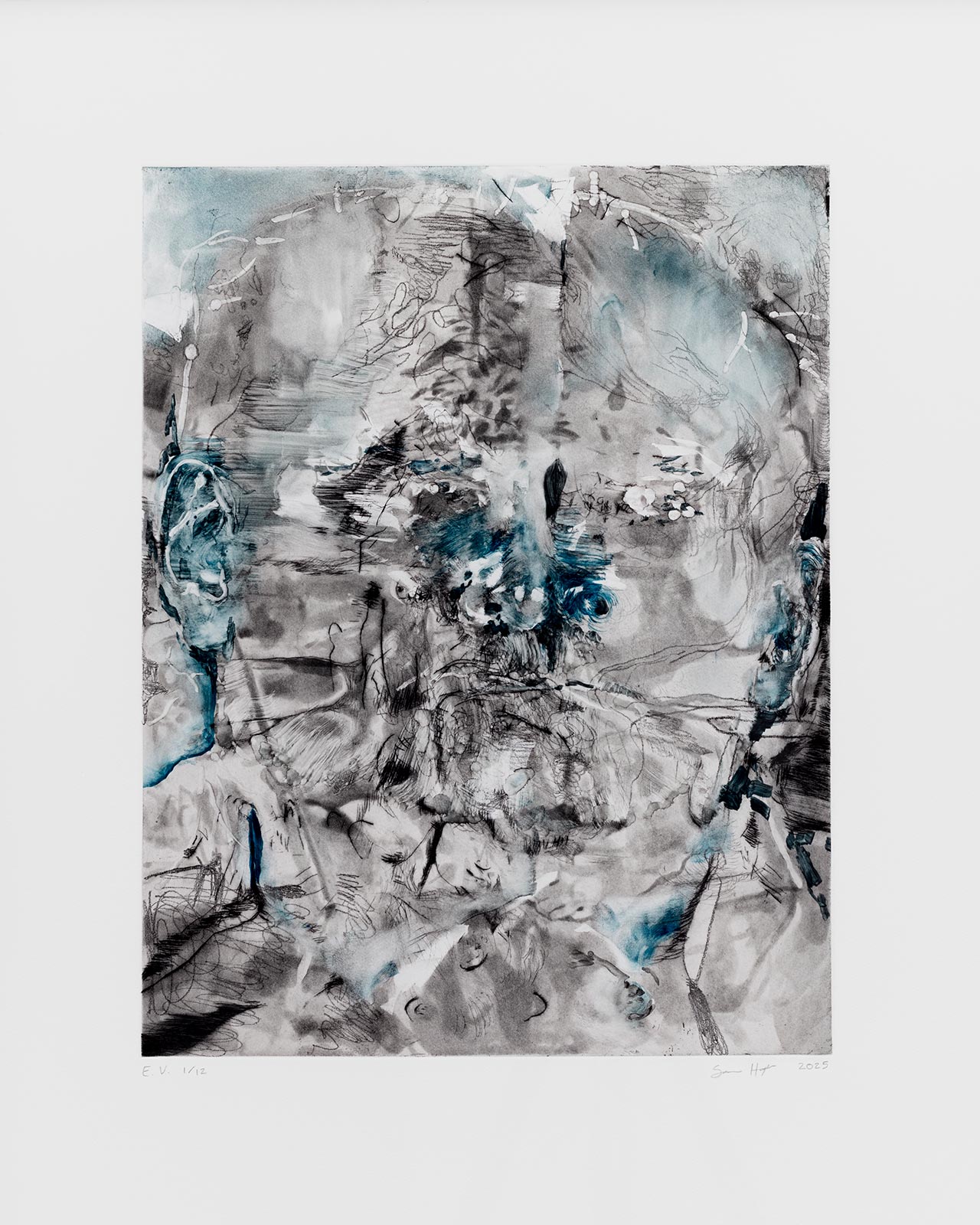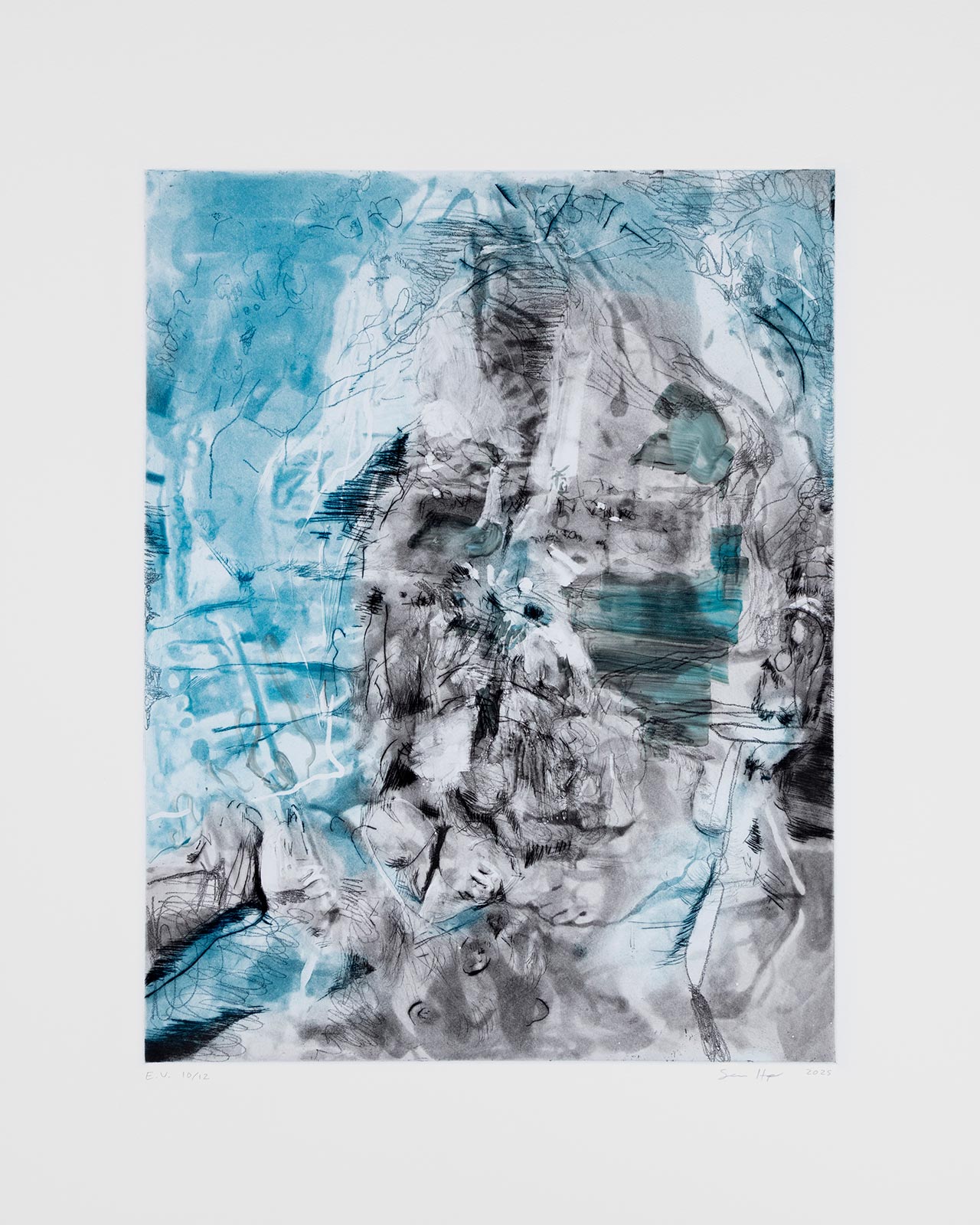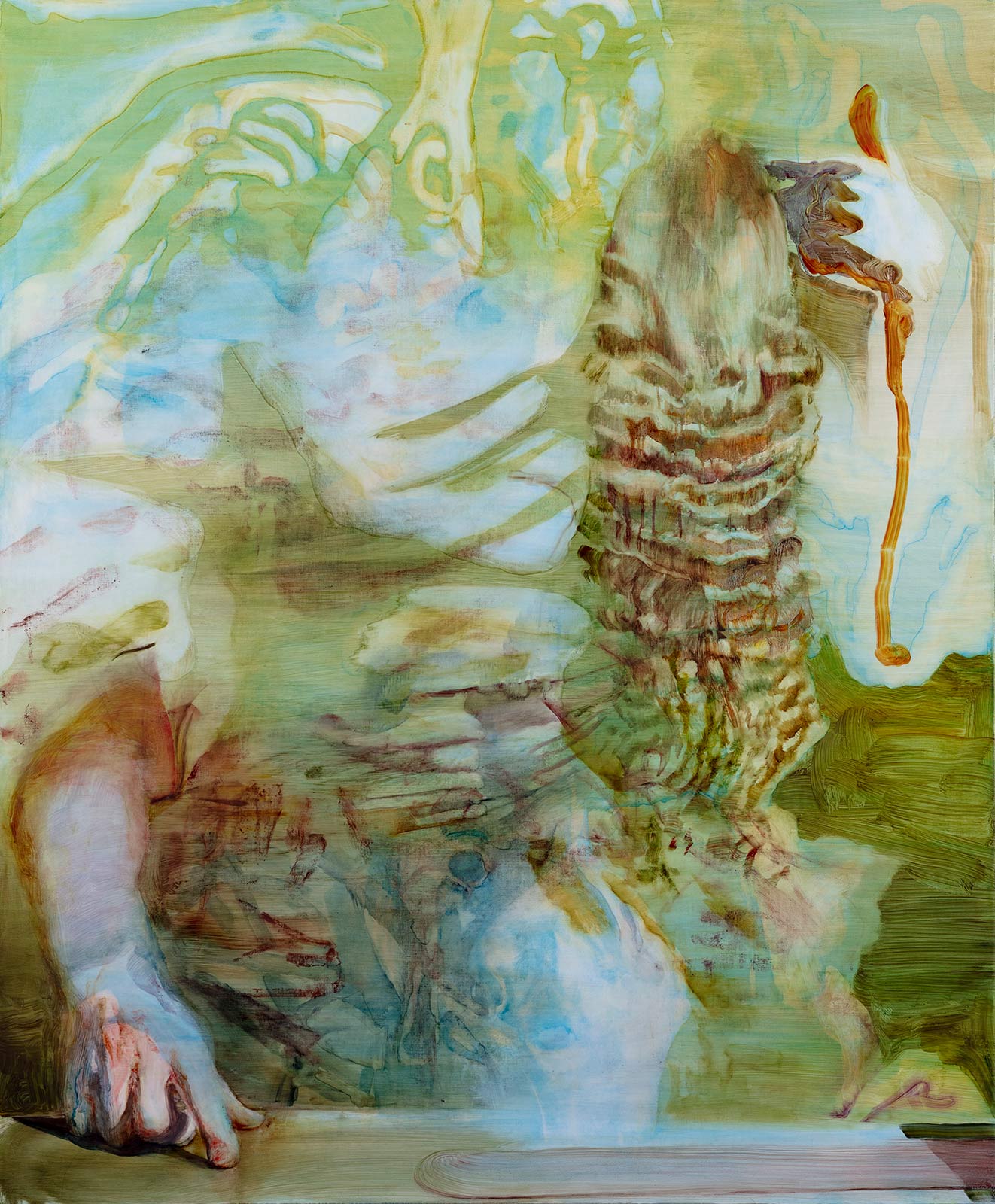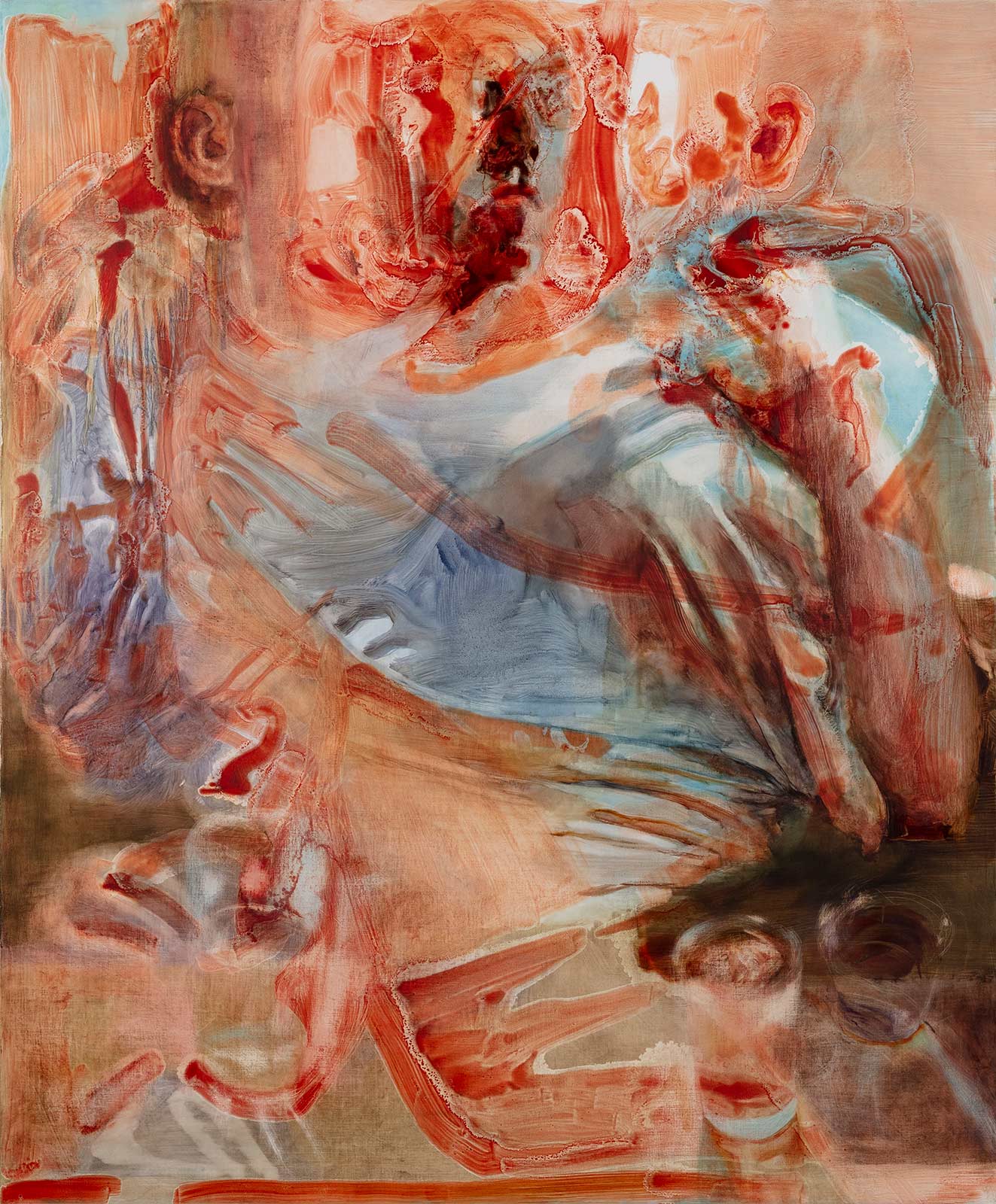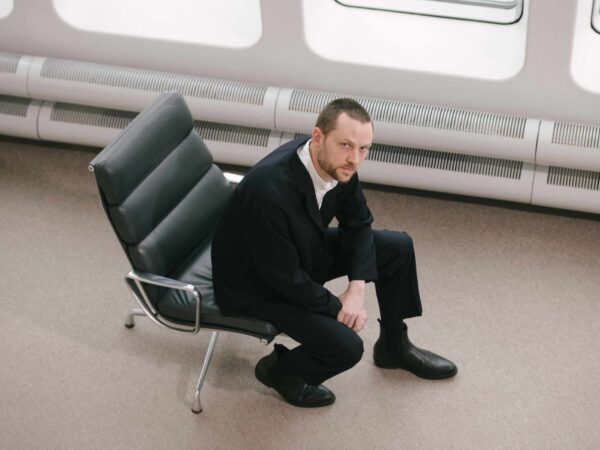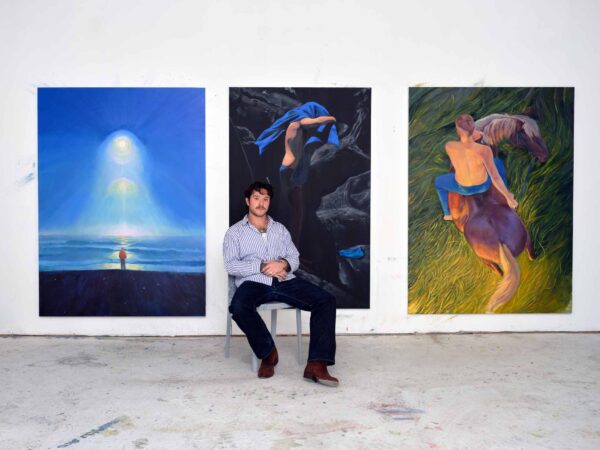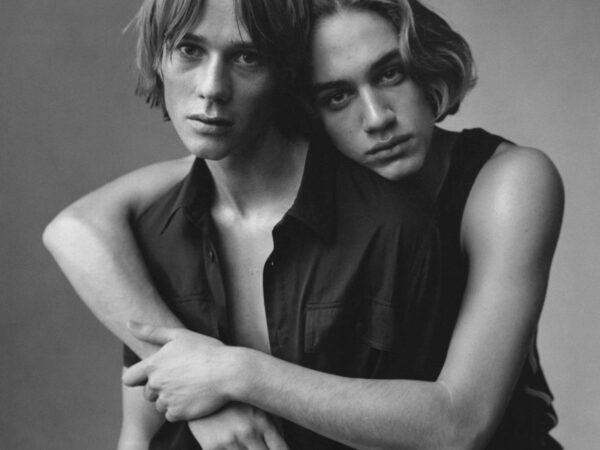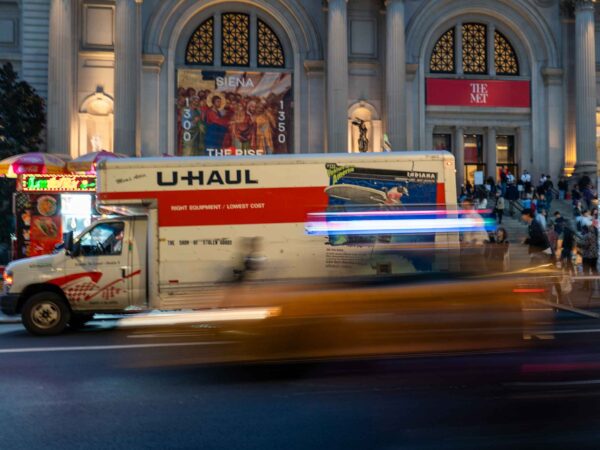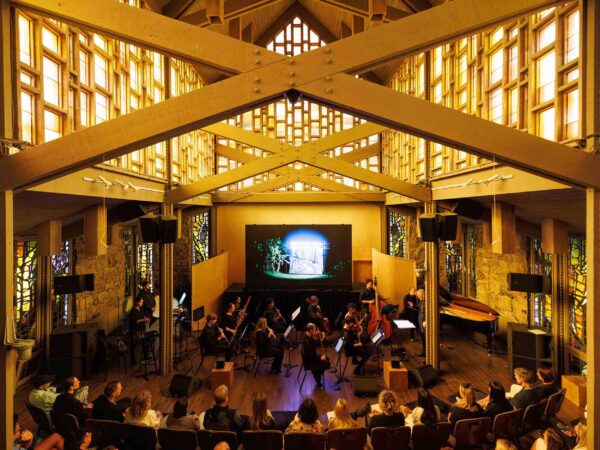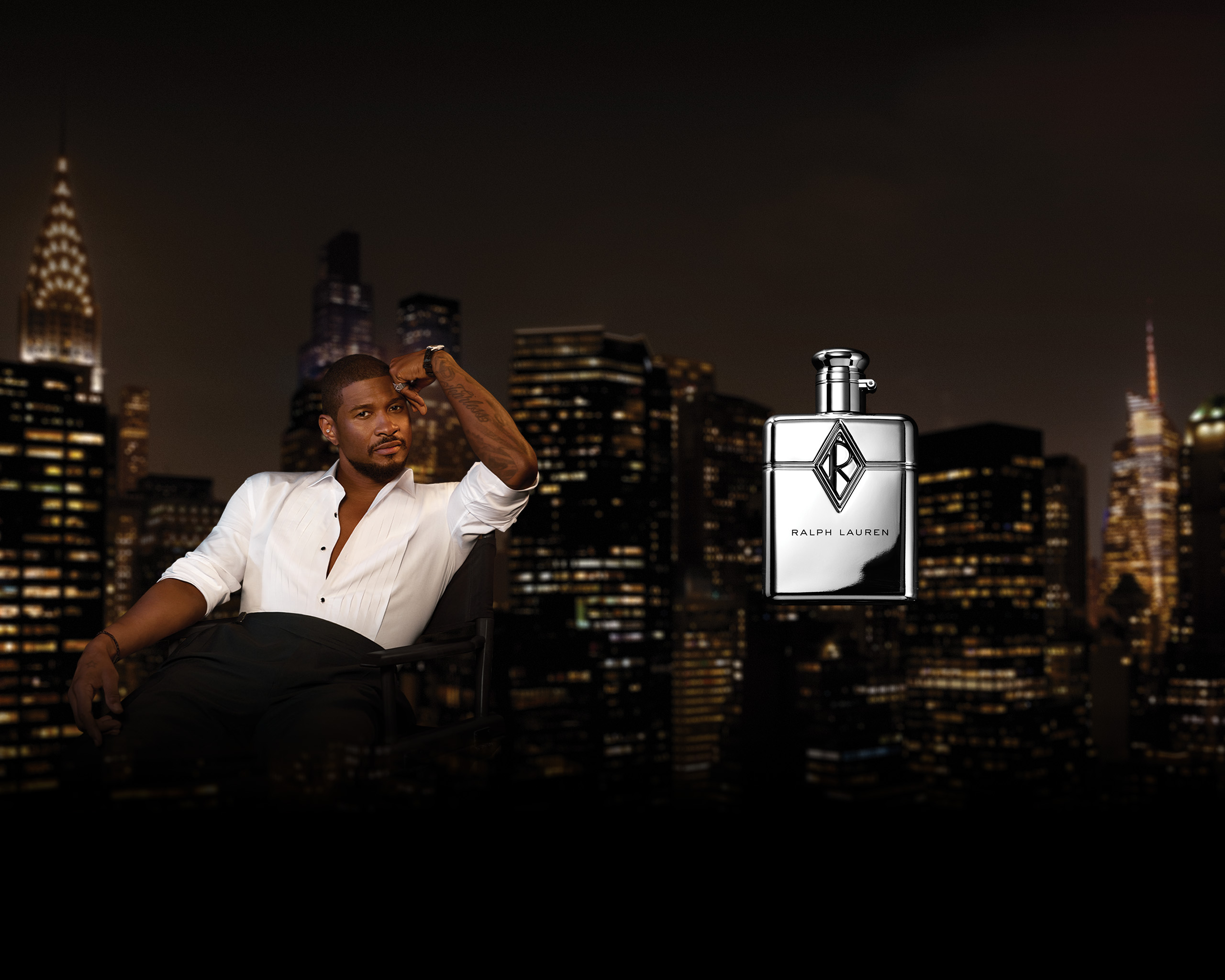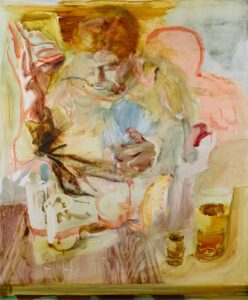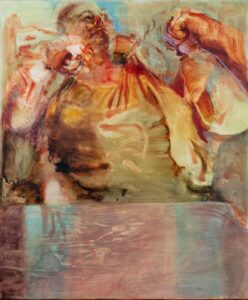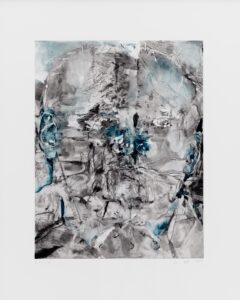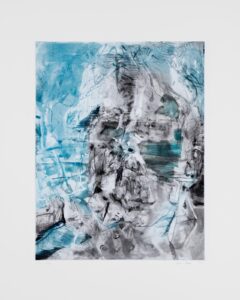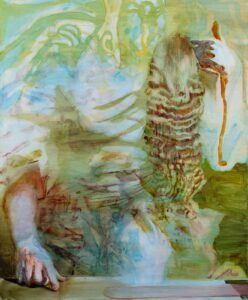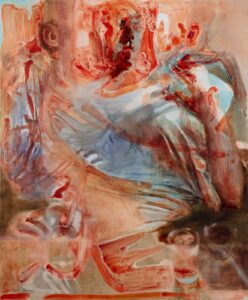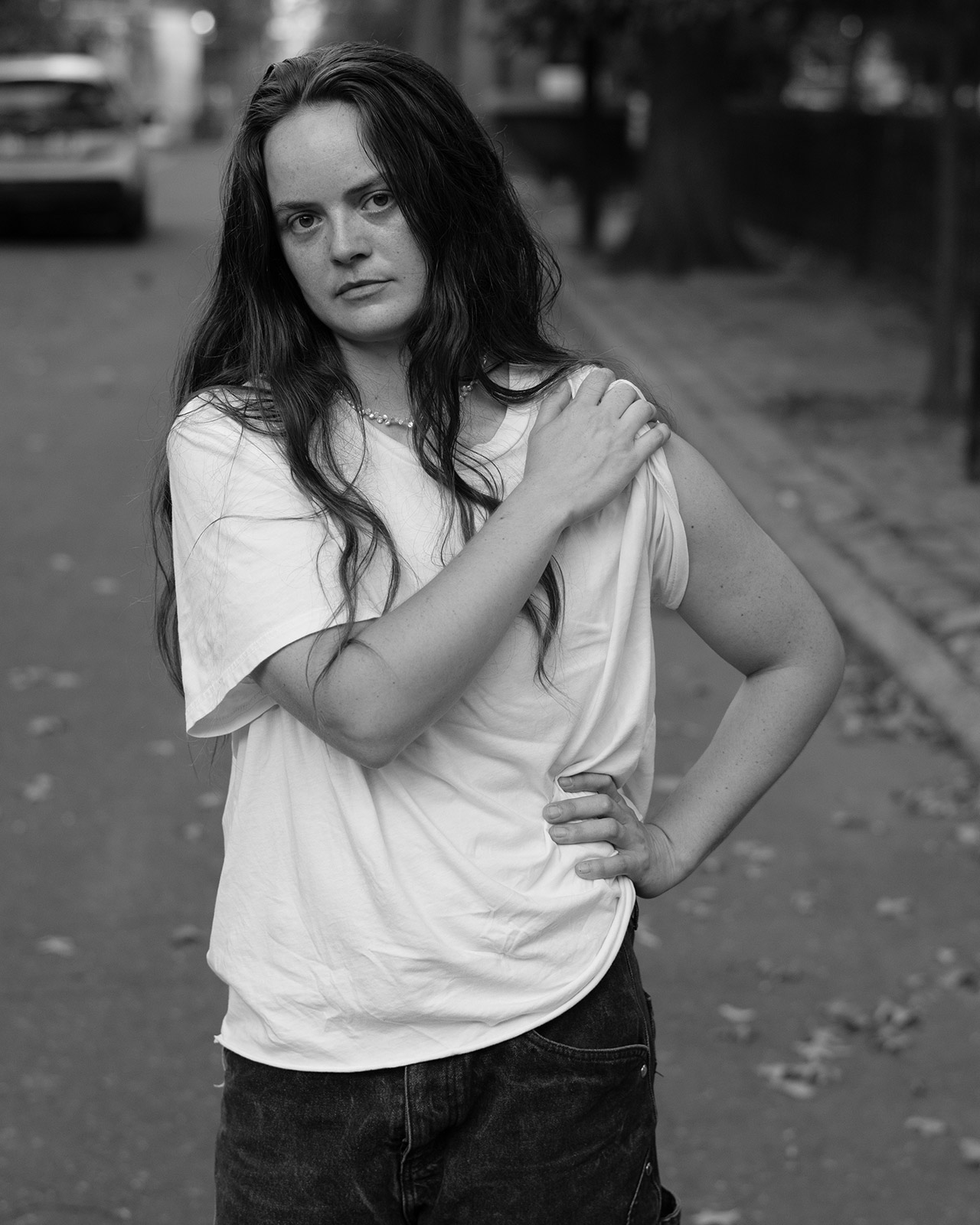
For their first solo show in New York, the artist blurs the line between the real and the abstract, bending illusion to explore what it means to truly see
The funny thing about illusions is how true they can be. In Soren Hope’s solo show, Two Time at New York Life Gallery, there is great truth to be discovered. Deftly playing with abstraction and figuration, repetition and fragmentation, Hope’s paintings and prints are at once dazzling and contemplative, decipherable and utterly beguiling. But there are no cheap tricks here—no feints or gotchas. Rather, Hope’s show is a profound meditation upon the fallibility of perception and the folly of certainty.
“I don’t want to be trafficking in the business of a static figure image,” Hope says over the phone. “I’m much more interested in the fiction and projections of them.” The body—or its absence—is a theme central to the show. The seven large-scale oil paintings on view feature anatomical disambiguations suspended in washes, daubs, streaks, and fields of fecund, earthy hues. In Like This and Happy at the wrong time, (all works 2025), barely-there forms—a subject leaning forward, spoon to lips in one, the head of another, a clenched fist floating close by—drift through Hope’s loose gestures and pools of pigment. Hope’s paintings do not reveal truths hidden from the viewer, nor are the depicted figures occluded by metaphorical opacity. Hope is getting at something grander—the inherent instability of perception. The exhibition’s daring visual language rejects binarisms of perception—seen and unseen, truth and illusion—situating them not at opposite ends of a spectrum, but rather as reflections of each other.
Hope’s interest in doubling extends into Mouth, moves lips as if speaking, a suite of five edition variée aquatints with monotype. Working from the same master plate—an etched image of a bald head, cleaved in two—the five prints vary in their final compositions. In one, the figure’s ears and nose are isolated in watery cobalt hues, while in another, the same face appears, half its visage shaded in the same rich blue. Soren’s interest in seriality can be understood as having less to do with discrepancy than it does with continuity—the sum of Two Time transcends its parts.
Elsewhere in the show, forms deprived of physiognomic referents take on an unsettling sensibility heightened by Hope’s color palette of terrestrial decay and mortal rot. Such is the case with Shining, Shivering, Shriveled and its depiction of a solitary outstretched arm, index finger resting atop a tabletop-like planar surface. Opposite the arm, a biomorphous form is evoked in hues of soiled ochres, the entire image set against swathes of milky blue stains and gangrenous verdigris. These are the colors of a body that isn’t neat, isn’t contained.
Biology is inherently messy; a fact made manifest in the materiality of Hope’s painting. “I want to give my work the opportunity to spill and puddle in the same way that bodily fluids do,” they explain, “the gesture of my hand in the work is less about indexing and more about a certain grotesqueness that can exist.” In so doing, Hope reminds us that our bodies—the totality of our being—are not hidden from us. Rather, we embrace a separation which, in truth, is not there. With Two Time, Hope reminds us that limits of perception, our awareness of the self, are not found in the world outside us—they are bound within.
Two Time will run at New York Life Gallery through November 1st.


